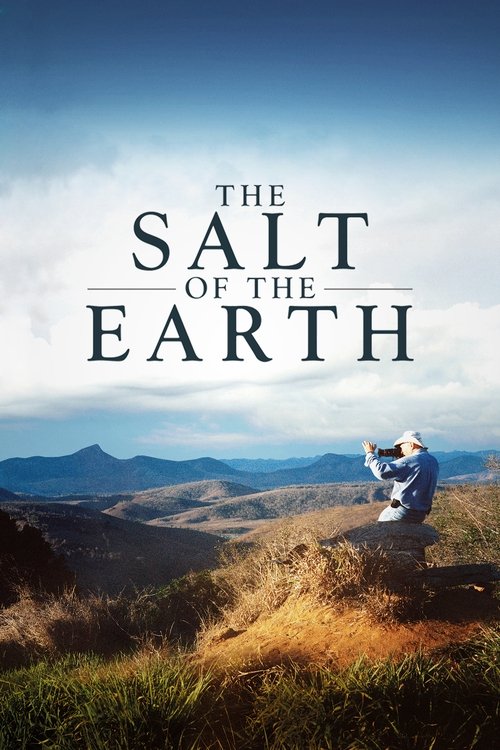
Title: The Salt of the Earth
Year: 2014
Director: Wim Wenders
Writer: David Rosier
Cast: Sebastião Salgado (Self), Wim Wenders (Self), Juliano Ribeiro Salgado (Self), Hugo Barbier (Self), Lélia Wanick Salgado (Self),
Runtime: 110 min.
Synopsis: During the last forty years, the photographer Sebastião Salgado has been travelling through the continents, in the footsteps of an ever-changing humanity. He has witnessed the major events of our recent history: international conflicts, starvations and exodus… He is now embarking on the discovery of pristine territories, of the wild fauna and flora, of grandiose landscapes: a huge photographic project which is a tribute to the planet's beauty. Salgado's life and work are revealed to us by his son, Juliano, who went with him during his last journeys, and by Wim Wenders, a photographer himself.
Rating: 8.113/10